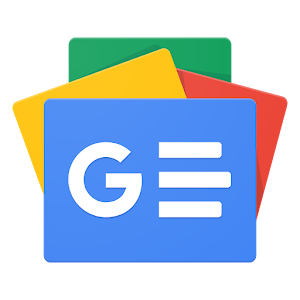Table of Contents
The Future of Congestion Pricing in New York City Post-Trump Administration
Understanding Congestion Pricing
New York City has been grappling with traffic congestion for years, leading to significant delays, increased pollution levels, and more stressed commuters. In an effort to mitigate these issues, congestion pricing has emerged as a potential solution. This policy would charge drivers entering the most congested areas of Manhattan during peak hours, aiming to reduce traffic and generate revenue for public transit improvements.
The Political Landscape
After the recent election of Donald Trump, many are left wondering how his administration might influence local policies, particularly regarding congestion pricing. Trump’s history of prioritizing deregulation and fostering economic growth raises questions about whether he will support or hinder efforts to implement such a measure in NYC.
The Financial Implications
Revenue generated from congestion pricing could be a crucial lifeline for New York’s subways and buses, which have struggled with consistent funding and aging infrastructure. In fact, recent estimates suggest that the program could raise upwards of $1 billion annually, providing a significant boost to transit projects that are desperately needed as the city continues to expand and grow.
Public Opinion and Support
Support for congestion pricing among New Yorkers is mixed. While many residents recognize the need for change in order to alleviate traffic woes, there are concerns about the financial burden on lower-income drivers. Advocacy groups argue that the funds generated could directly improve public transportation accessibility, ultimately benefitting all New Yorkers in the long run.
Examples from Other Cities
Cities like London and Stockholm have successfully implemented congestion pricing, seeing a significant decrease in traffic and an increase in revenue for public transportation. These examples illustrate the potential benefits and effectiveness of such a program, providing a model that New York could follow to enhance its own transit system.
The Road Ahead
As discussions around congestion pricing continue, it will be crucial for city leaders to engage with the public and address concerns transparently. Collaborating with stakeholders, including business owners and local residents, will be essential in creating a plan that balances the needs of all New Yorkers while significantly reducing congestion in the city.
Conclusion
The potential for congestion pricing to take shape in New York City hinges on various factors, including political support and public acceptance. As the city looks to solve its ongoing traffic dilemmas, the coming months will be pivotal in determining whether this innovative approach to urban planning will become a reality, ultimately changing the way New Yorkers navigate the bustling streets.
